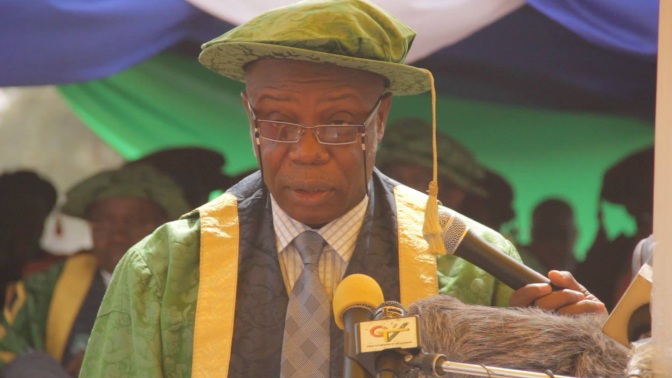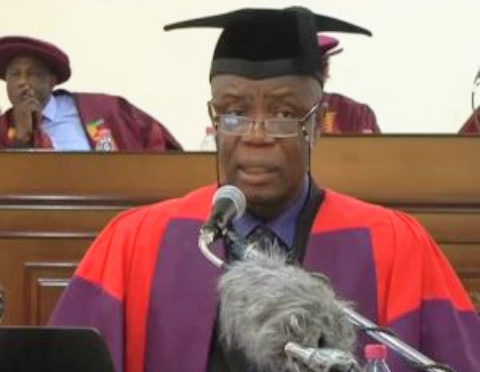Hi, readers! In this week’s feature on Arts Corner, we present a special article by Akmal on the emulating life of Malaysian cinema giant, Ramlee.
We hope you’ll enjoy your read.
P Ramlee the Icon of Malaysian Cinemas
By Akmal Abdullah
In Malaysia, Singapore, Indonesia, Southern Thailand and Brunei (or The Malay World), P Ramlee was the most iconic entertainment figure. As an actor and a film director, during his time, he was recognized beyond Southeast Asia, even in Hong Kong and Japan.
He was a multi-talented movie star, prolific director, great composer and singer, musician, good comedian and screenwriter, and most important he was a big star whose persona lasted till today, though he died almost 50 years ago. Almost half a century!
Five decades after his death on 29 May, 1973 – P Ramlee is still remembered and continue to be remembered – till today! He was known as the Asian Charlie Chaplin, though he was unknown in America and European countries.

Forty-eight years after his death, Malaysia and Singapore is commemorating his work with special shows, seminars, university researches, festivals, TV documentaries and also more reruns of his films on television, even on social media platform, YouTube. He was an icon in Malay movies in the 1950’s and 1960’s. Malaysian government honoured him with posthumous titles, including a title of ‘Tan Sri’ on June 1990 by the then Malaysian King, Sultan Azlan Shah.
His name was also commemorated in events, school name, road name, building name, hall name and one of the arts college in the country after his name.Most Malaysians would agree that this iconic legend is the most influential of the entertainment figure and helped define the industry especially in music and film of Malaysia and across the region. His movies has powerful natural attraction for any age of audiences. Then till now.
As a Malay film star and singer in 1950’s and 60’s decades, during the glorious era of Malay cinemas, he created phenomenan whose popularity slowly filtered into Singapore’s and Malaysia’s Chinese and Indian communities by virtue of television reruns on his ‘golden touches’.
Born in Kampung Jawa, Penang Island, as Teuku Zakaria bin Teuku Nyak Puteh on 22 March 1929, Ramlee’s career in acting began in 1948 when he moved south to Singapore to join a new film company there.

Shaw Brothers Ltd in Singapore was initiated by two Chinese brothers, Runme Shaw and Run Run Shaw who came from Hong Kong. The studio named as Malay Film Productions (MFP) was establshed in 1940 by Shaw Brothers Ltd or Shaw Organisation Ltd. Between 1941 and 1967, a period known as the Golden Age of Malay Cinema, the studio produced almost 160 movies.
In August 1948, starting his job at the studio, P Ramlee was recruited as playback singer in few Malay movies. He starred in his first movie ‘Chinta’ (LOVE) in the same year, directed by BS Rajhans – an established director from India.
The first attempt of his directing a movie was ‘Penarek Becha’ (The Trishaw Man) – seven years after his acting career started. Between 1948 and 1955, he has starred in a total of 27 films. ‘Semerah Padi’ (The Bloody Rice Field ), an Islamic-law themed movie was P Ramlee’s second film as director – at the age of 26 years – and remained to this day as one of his best work.
During its glory days, P Ramlee has been the most valuable actor and director for Shaw Brothers. His subsequent directorial efforts has always gained box-office successes and won multiple awards at the Asian Film Festivals. Shaw Brothers, the film production company raked in large profits from those Malay movies, mostly from P Ramlee’s work. He was the cash-cow of Malay film industry.
His versatility was most visible in comedies, especially the series of ‘Bujang Lapok’ (Raggedy Bachelors), besides ‘Musang Berjanggut’ (The Bearded Fox), ‘Nujum Pak Belalang’ (The Fortune-Tellar Pak Belalang) and the title of ‘Tiga Abdul’ (Three Abduls) was his final film with MFP in Singapore.
In April 1964, P Ramlee moved to Kuala Lumpur to join Merdeka Studio (Merdeka Film Productions), and his final film before his death was the comedy, ‘Laksamana Do Re Mi’ (Admiral Do Re Mi:1972). MFP stopped the production in 1967.
During the studio era (1947-1977), Shaw Brothers and another big studio, Cathay- Keris Films Co. “virtually controlled the whole industry and the film distribution sector in Malaysia. It largely remained monopolistic because the same companies distributed local and imported films and also owned the cinema chains throughout the country…” – (William Van der Heide, 2002, page117).

Back-to-back triumphs that stacked up during his most productive years – from 1955 to 1963 – from Penarek Becha to Tiga Abdul – enchanted millions of audiences and millions of dollars. During his career, he directed and acted in 66 films and more than 300 songs to his credit as singer or composer.
P Ramlee’s career excelled most of the years in his life, but towards the end of his life, he was nothing more but a man or a father of big family (many stepsons/daughters) that had fallen on very hard times from his glory and fame and a stack of broken promises from the former MFP. Few months before he passed away, he was unrecognized, ignored and shut out from the movie and music business.
It was truly sad and heart wrenching to see the fall of P Ramlee. He should not have been allowed to wallow in poverty and died penniless. Fortunately, his name was not forgotten and he is revered after his death. Malaysian owed a lot to P.Ramlee and there is nothing that could be done to restore his trampled dignity towards the end of his life by the greed of film companies who exploited him years before until today who are still benefitting from the rights of his films.

Today, P Ramlee’s reputation as a gifted artist is intact. He is a true multi-talented legend. Eventhough he is more known as a Malay film star in Malaysia and Singapore cinemas, but he was a true Malaysian artist who entertained everyone irrespective of race, religion, cultural background or strata of society. He was truly a towering Malaysian star and an uninimitable icon of Malaysia.
A writer, Thomas Fuller recorded in The New York Times in 1998, described P Ramlee as “a good candidate for a national hero in a country where, after centuries of colonialism, Malay heroes are in a short supply. In his day, Ramlee was a James Dean figure, wildly popular among Malays.”
Through his arts work, P Ramlee potrayed himself not just as an artist but describes himself as a thinker of culture, social critics, lover of humanity, justice fighters, big-hearted and patriotic man and a genuine nationalist.
P Ramlee died of a heart attack at his home in Kuala Lumpur at the age of 44 and buried in Kuala Lumpur. His wife, Saloma or Salmah Ismail also a well known singer in the late 1950’s and 60’s died of a liver failure on 25 April 1983.
His memory will live on forever through his memorable movies and songs. P Ramlee’s birthplace in Penang and his residence in Setapak, Kuala Lumpur, is now a tourism attraction in Malaysia restored and maintained by the National Archives of Malaysia.
About the Author

Akmal Abdullah is an entertainment journalist and a film critic in Malaysia. He is also a biography writer and currently writes in a news portal.
He worked with a prime Malay language daily, Berita Harian since 1991 and after finishing his film study in University of Malaya he joined the same newspaper as permanent staff – Berita Harian was the largest Malay newspaper circulation in Malaysia during the 90’s. In 2007 he was promoted as entertainment editor of the newspaper. He quitted the newspaper in December 2014 and continue his as a freelance writer.
During his 20 years stint with Berita Harian, he received the prestigious Malaysia Press Institute award for Best Entertainment Reporting (2007) and also won five times for the Malaysia National Film Development Corporation (FINAS) awards. He won 14 awards in writing altogether to date.
Akmal’s writing includes four coffee table books about local film industry, all published by FINAS including biography of Malay movie legends Mustapha Maarof; biography of Yusof Haslam (film entrepreneur figure), Information of Malaysia Creative Content In Guild and adaptation text of film Malay Chronicle – Hikayat Merong Mahawangsa. He is also a regular jury member of Malaysia Film Festival, Malaysia Screen Award, Malaysia Professional Film Crew Award and a few more small festivals in Malaysia.
Submitted by: Siti Ruqaiyah Hashim,
Arts Editor,
Campus 24/7 News
NOTE from Ruqaiyah Hashim
Akmal Abdullah was the entertainment editor who gave me column to write in the prime daily Berita Harian from 2006-2014. Someone who was supportive and stood by me no matter what the odds were. Thank you to Akmal Abdullah.












6 thoughts on “P Ramlee: the Icon of Malaysian Cinemas- Akmal Abdullah”